This article comes fromChainalysisThis article comes from
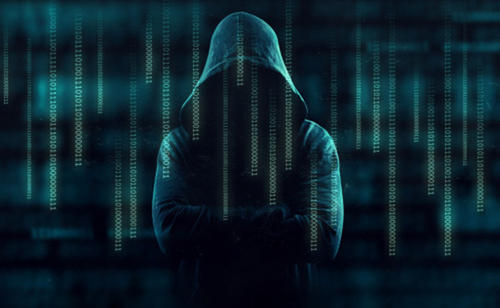 , Odaily translator Christina
, Odaily translator Christina
Polls show that 18 percent of Americans and 35 percent of U.S. millennials purchased cryptocurrencies in 2019, and acceptance of cryptocurrencies is on the rise.
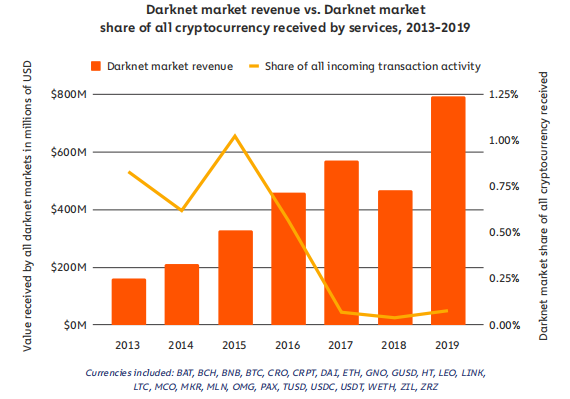
Mainstream financial institutions like JPMorgan are stepping in. Popular retailers like Amazon and Starbucks now allow customers to pay with bitcoin. At the same time, though, the decentralized, semi-anonymous nature of cryptocurrencies makes them a unique choice for criminals. In recent years, cryptocurrencies such as bitcoins have been used to pay for various goods and services (guns and ammunition, drugs, personal information, etc.)
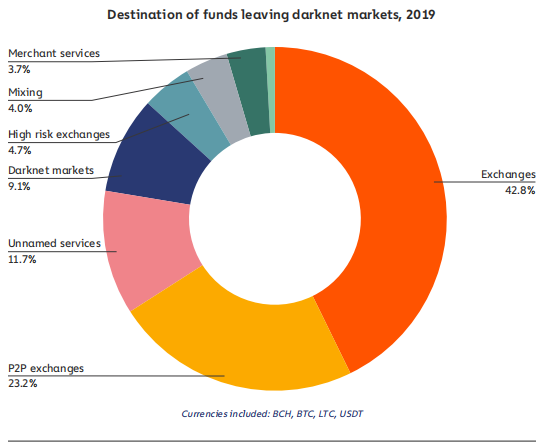
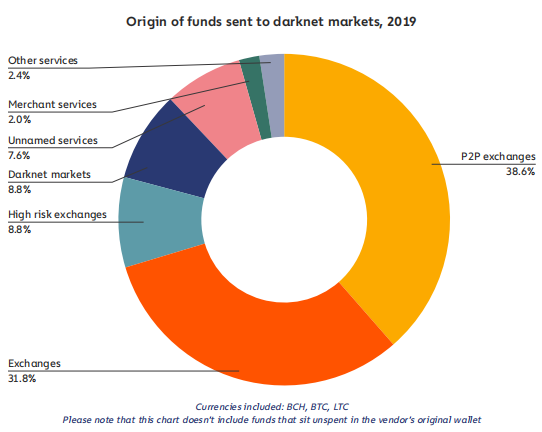
According to data, after a slight decline in 2018, the total sales of dark web markets increased by 70% in 2019, and its sales exceeded 600 million US dollars for the first time. Not only that, but darknet market transactions have doubled their share of all cryptocurrency transactions since 2015, from 0.04% to 0.08% in 2019.
Similar to before, the vast majority of dark web transactions go through exchanges. Exchanges are by far the most common service for customers to send cryptocurrencies to suppliers.

Although the share of darknet transactions in cryptocurrency trading activity is still low (only 0.08%). However, due to the recent rebound of dark web transactions under the situation of increased law enforcement scrutiny, the transaction volume has increased.
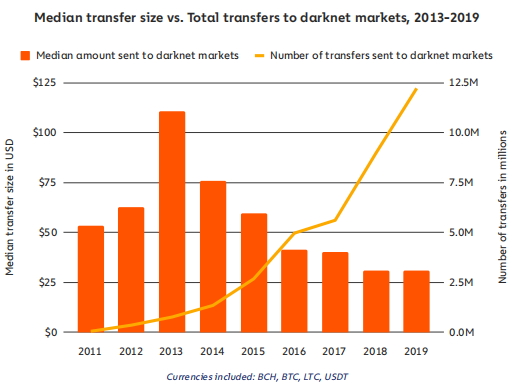
While eight of the 49 darknet markets that were active in 2018 shut down in 2019, another eight were added in 2019. Overall, with the exception of Silk Road's heyday in 2012 and 2013, every active darknet market earned more in 2019 than in any other year. That's because when some markets close, others seem to be able to pick up the slack and meet customer demand.
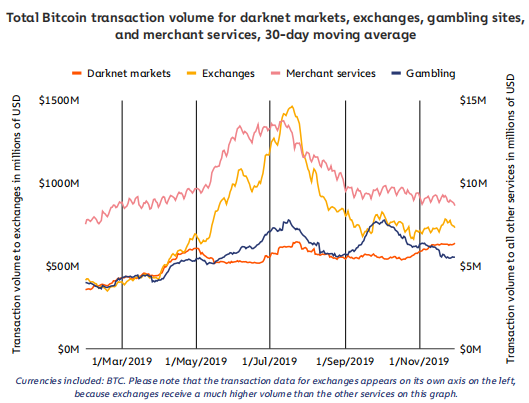
Interestingly, darknet market activity appears to be less affected by ups and downs in cryptocurrency market prices or other seasonal fluctuations than other services. The chart above shows how darknet markets compare to the other three services in terms of total bitcoin transactions during 2019, with darknet markets seeing a much smaller spike. Throughout the year, darknet market activity remains within a much smaller volume range, suggesting that customer behavior is less influenced by changes in bitcoin prices.
secondary title

Drugs still rule the dark web

The drug market also dominates here. However, markets specializing in other illicit goods also bring in lucrative money. Joker's Stash Market and UNICC are two of the most typical markets that have maintained steady popularity throughout the time period.
secondary title
Fighting Cybercrime: Should Law Enforcement Go After the Sellers, or Shut Down the Marketplace?
For a long time, the strategy of law enforcement has been to go after the dark web. On the surface, this seems like the most logical course of action. Why go after individual vendors when you can take down all of them at once? Law enforcement agencies have followed this strategy with major victories, shutting down once-prominent darknet marketplaces like AlphaBay and Hansa. The problem with closing a market, though, is that other markets quickly fill the void. As of the end of 2019, there were at least 49 active darknet markets, so both users and vendors have a plethora of options when it comes to finding new ones. Not only that, but they can easily find new markets on forums like "Dread".

The Nightmare Market was a short-lived, moderately popular market that closed on July 23, 2019. Unlike the other examples we've mentioned before, Nightmare wasn't taken down by law enforcement. It's unclear exactly what happened, but users fled after July 23. By the end of July, trading in Nightmare had almost completely ceased. As the data below shows, Empire took over most of Nightmare's former business, as its sales grew significantly while Nightmare fell.
The closure of Nightmare Market is the epitome of the dark web market problem. There are so many other markets out there that it's easy for suppliers to tell their largest customers which market they're going to. That's why many law enforcement agencies have turned their attention to apprehending individual traders.
A relevant case study follows. We spoke to Stefan Kalman, a user analyst and anti-narcotics officer with the Swedish Police, whose work focuses on dark web markets.
In 2014, Stefan Kalman and his team at the Swedish Police discovered a darknet vendor called Malvax active on both Silk Road 2.0 and Evolution. By observing his activity on the Silk Road forum, they learned that he was also active on two other darknet sites: Evolution and Flugsvamp, two darknet marketplaces unique to Sweden. Malvax sells more than 280 products, including the dangerous synthetic opiate fentanyl. While police have managed to seize some of his shipments, which were marked by PostNord, Denmark's main private courier company, they have yet to discover his true identity.
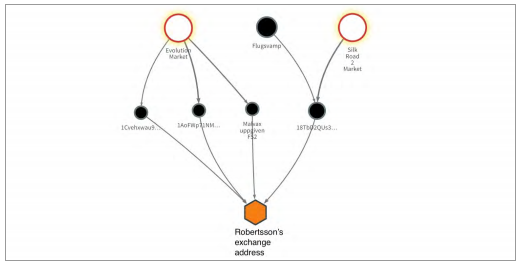
Malvax concealed its true identity through a series of obfuscation techniques and complex operations. But in 2015 the police seized a golden opportunity when the FBI seized Silk Road 2.0 servers after shutting them down last November. By looking at the logs of those servers, they were able to obtain some of the bitcoin addresses used by the dealer under Malvax's name and trace some of them back to the UK-based regulated exchange.
Stefan and his team sent a subpoena to the exchange, which gave them enough information to find out who Malvax really was: Fredrik Robertsson.
Thanks to the evidence Stefan and his team gathered about the Robertsson brothers, a Swedish court was able to convict them of selling drugs on the dark web.
secondary title
Card Shop Deep Dive
As we mentioned above, while drug stores are the most popular type of darknet market, they are not the only type of darknet market that achieves consistent sales. Below, we take a look at another popular market type.
You've probably heard about major security breaches at companies like Capital One and Home Depot, where tens of millions of customers' credit card information was stolen. Ever wonder where all this stolen information ends up? Most likely it went to a credit card store. Credit card shops are a category of darknet markets where users can buy stolen credit card information.

Take UNICC as an example
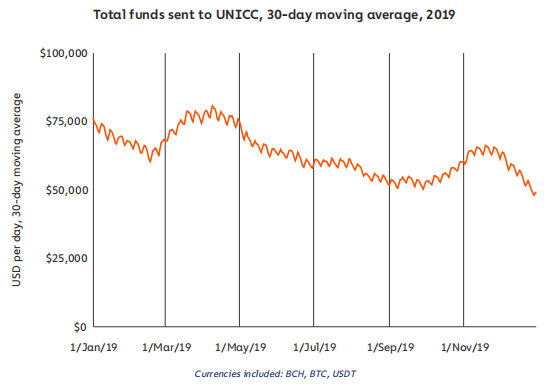
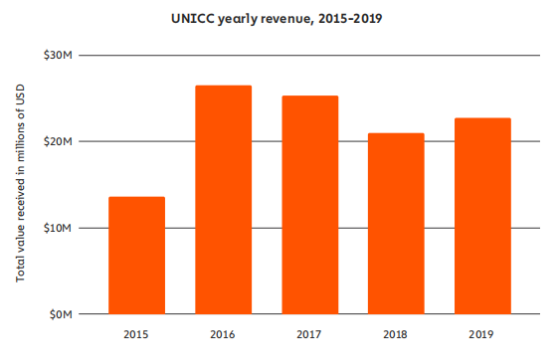
Above is a list of some UNICC credit cards. Credit cards range in price from $2 to $15, with an average of around $10. The exact price depends on several different factors. One is origin. Credit cards in the US and Western Europe are usually more expensive. Another factor that affects price is the cardholder's personally identifiable information (PII), such as street address and phone number. Most online stores require buyers to provide this information, so having it can drive up credit card prices.
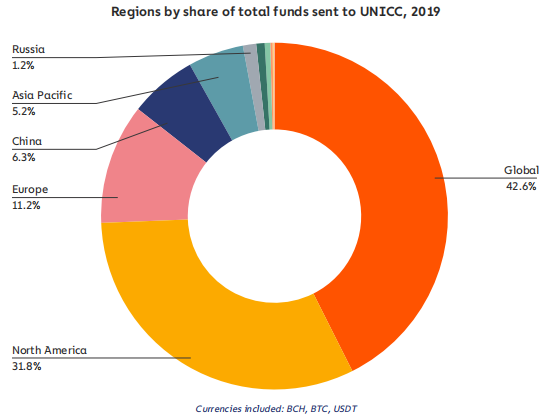
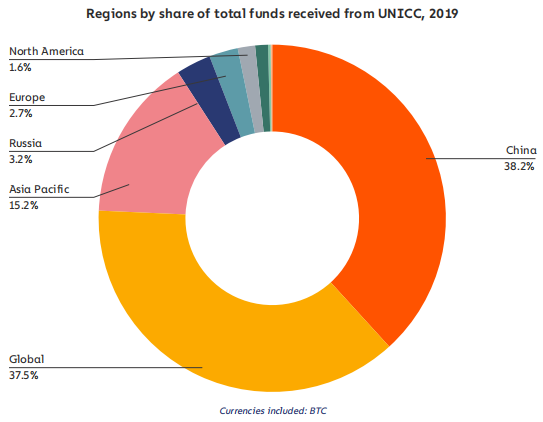
Regional data shows that the majority of people buying stolen credit card data on UNICC are from North America (after the world), while the majority of people selling stolen credit card data are from China.
secondary title
What's Next for Darknet Markets?
Some darknet markets have already begun implementing user safety features. For example, many companies employ multi-signature technology, which means that the buyer and seller must confirm that the order has been completed before funds can be transferred. Another is walletless escrow, also known as direct deposit. A new one-time wallet is received with every order placed, and the cryptocurrency deposited by the buyer flows directly to the seller.
Some darknet markets are also adopting new infrastructure to avoid shutdowns by law enforcement. For example, OpenBazaar has a fully decentralized structure, similar to the blockchain itself or the Tor web browser. Users only need to download and run a program, and can directly connect without going through a website.